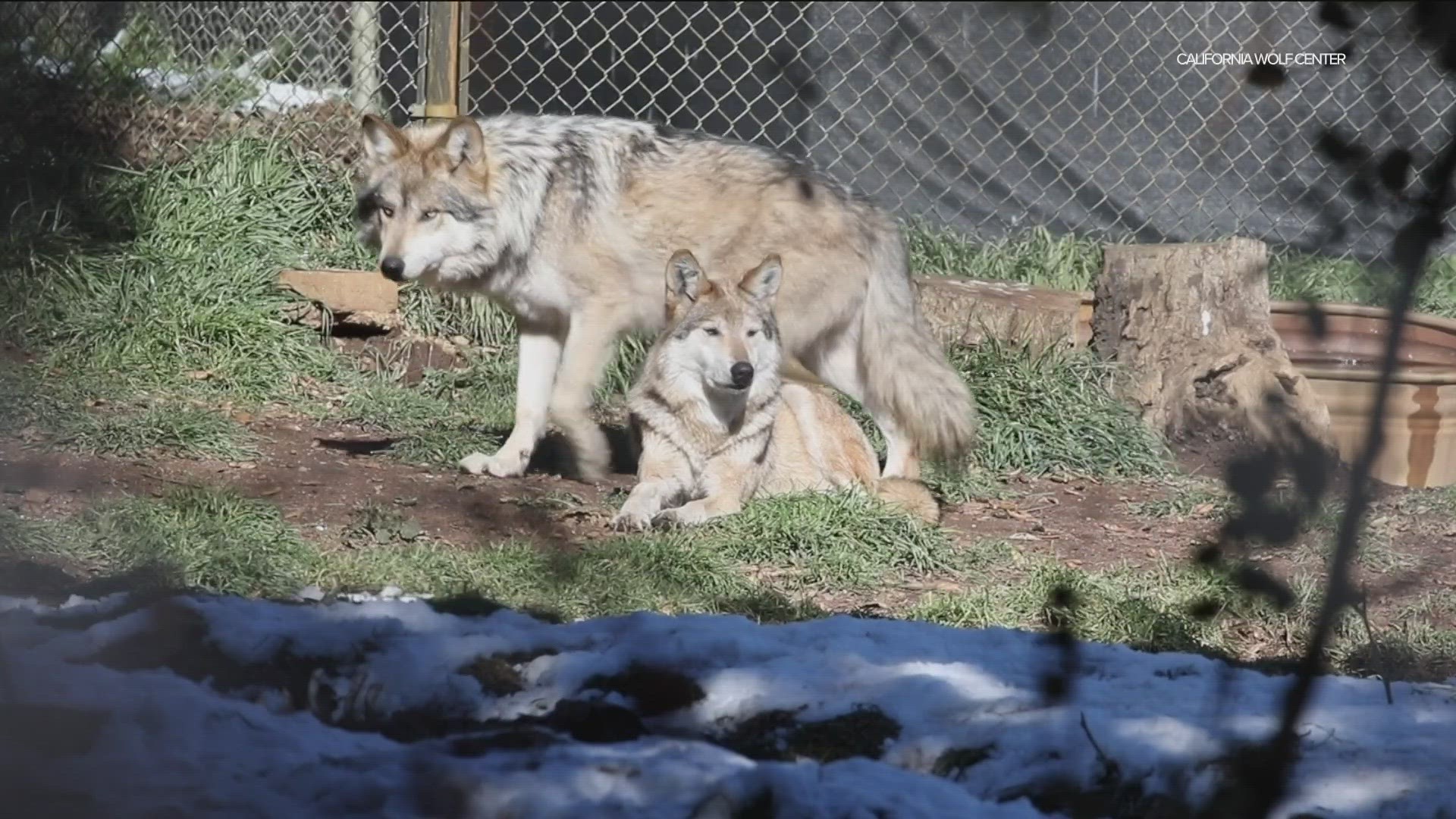JULIAN, Calif. — Researchers are celebrating a major milestone in species recovery as the Mexican Gray Wolf population soars past 200 in the wild, thanks in part to facilities like the California Wolf Center in Julian, California. It comes following 25 years of conservation efforts to save and protect the rarest subspecies of gray wolf in North America.
The latest data shows a 23 percent increase in the Mexican Gray Wolf population since just 2021. It also doubles the population recorded in 2017. The California Wolf Center is one of the largest breeding facilities and home to 25 Mexican Gray wolves.
“Across the world, species are dying every day,” said Theresa Kosen, the Executive Director of the California Wolf Center. “But for us in the United States, who work in species recovery, and in Mexico to come together and save a species, the Mexican Gray Wolf has been amazing.”

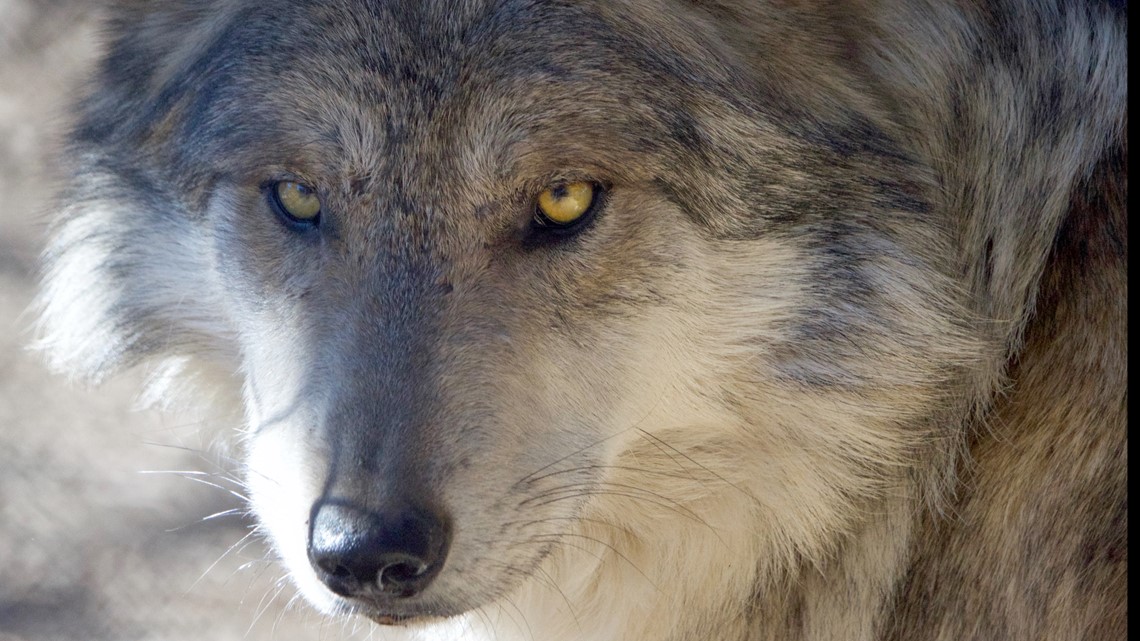
In facilities like this, adult Mexican gray wolves can be brought together to mate, with their pups being reintroduced into the wild. Researchers will lure a mother wolf away from her den and integrate the pups bred in captivity with those born in the wild. When mom comes back – she accepts the new wolves into the pack in a process they call cross-fostering.
“The Red Riding Hood story of the big bad wolf isn’t really true,” Kosen told CBS 8. “They are very family-focused and so when that mother comes back to her den it’s just a couple more puppies so she doesn’t count them and they’re just all welcome. Welcomed by the whole pack.”

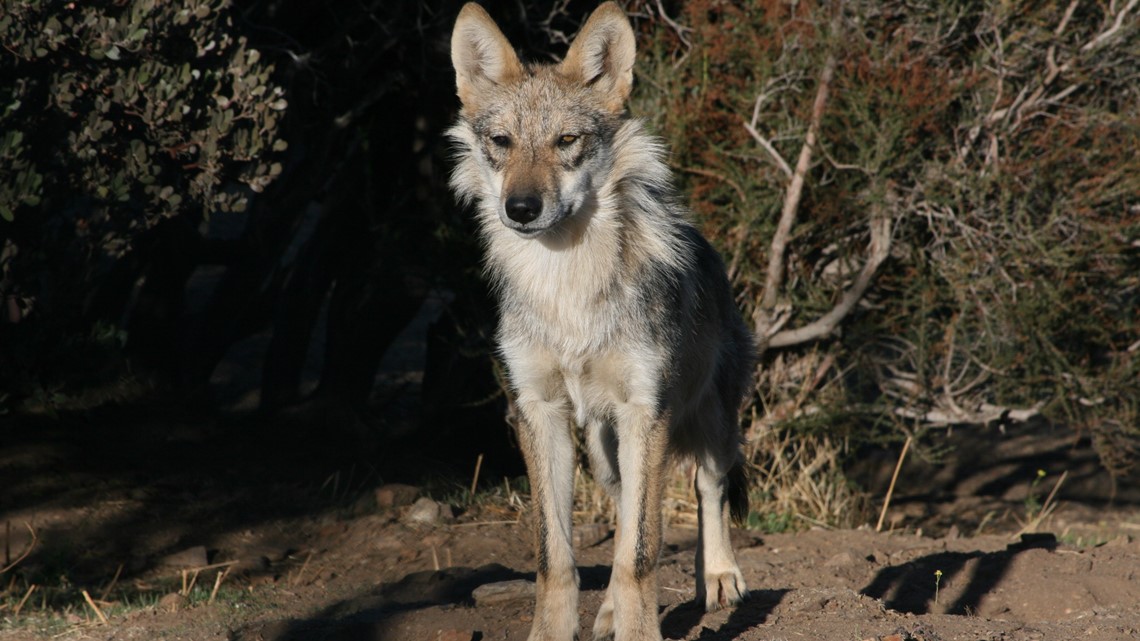

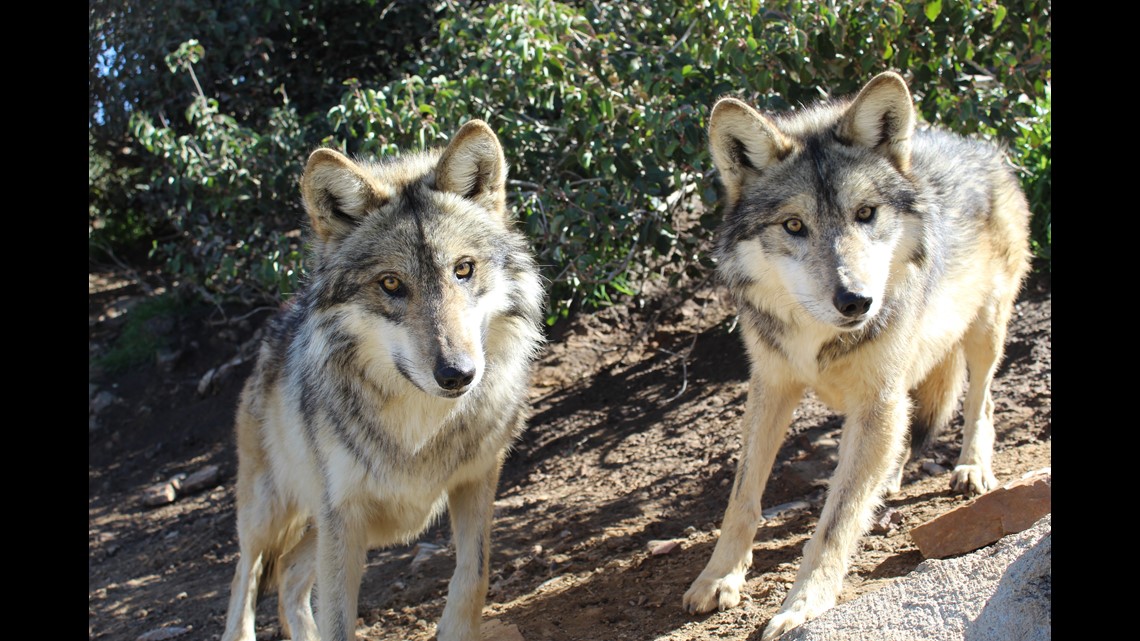
“Seeing the number passing not just 200 but also seeing that compared to the 2021 numbers, that was a 23% increase and seeing such a significant recovery for them especially starting from just 13 individuals is so so exciting and so impressive that our efforts have made a difference” said Katie Sindewald, the Education and Marketing Coordinator at the California Wolf Center.
It marks the seventh consecutive year of population growth with the population distributed as 136 wolves in New Mexico and 105 in Arizona, according to U.S. Fish and Wildlife. In the wild, wolves act as an apex predator, helping with population control of elk, deer, and bison. Though many ranchers across the southwest view them as a threat to their livestock.
“It’s a fine dance, but it’s a collaboration and it really is important for everybody involved that we want the wolves to feel successful that we can re-introduce and we got the rancher to be successful,” Kosen added. “It’s their livelihood.”
The California Wolf Center provides resources to those ranchers. And while this endangered species is now looking toward a sustainable future, their work isn’t over.

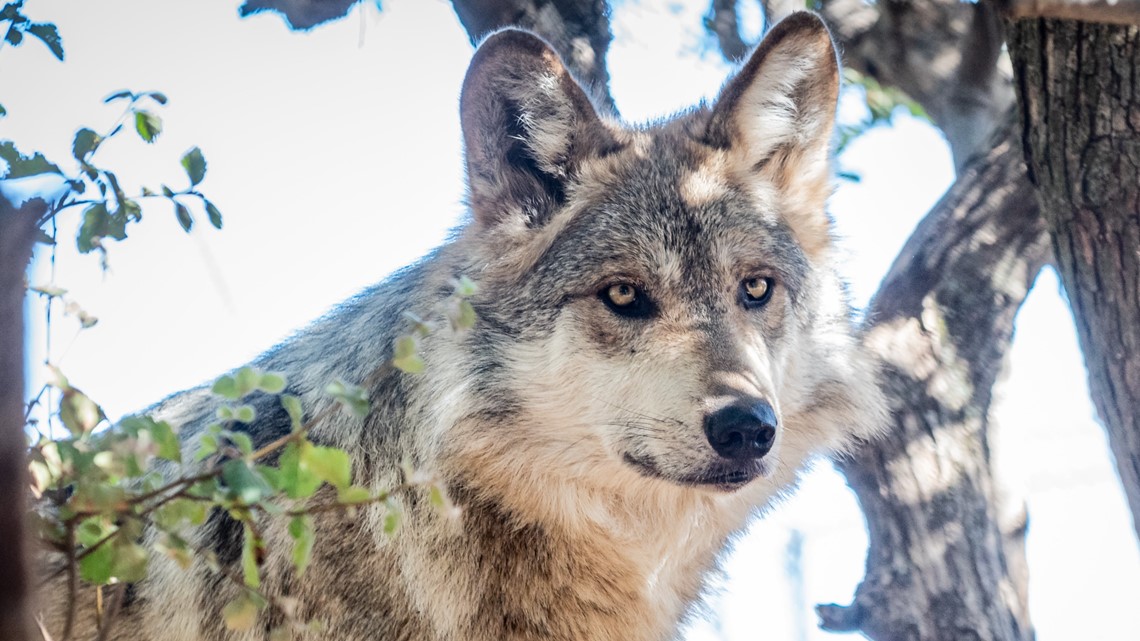


“Your mission is not done just because those animals are at a sustainable population,” Sindewald reiterated. “You need to continue to make sure that future generations understand this animal is so important.”
Despite the wolves being owned by the federal government, the California Wolf Center in Julian provides all care for the wolves they have on site, from food to vet care. They rely on donations from the public and are open for tours by reservation. They also have an Amazon wish-list for items that can help their efforts in protecting these animals.
WATCH RELATED: California Wolf Center celebrates 45th Anniversary

